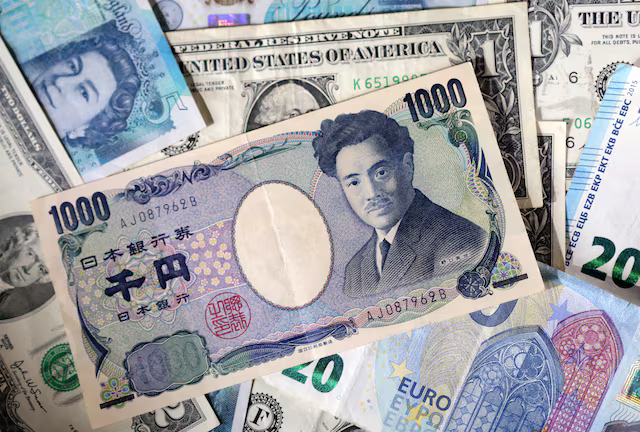The US dollar rallied on Monday following a temporary agreement between the United States and China to lower tariffs for 90 days, easing trade tensions and boosting investor appetite for risk assets.
A key index measuring the dollar’s strength rose as much as 1%, while the yen and Swiss franc—both traditional safe havens—fell. US 10-year Treasury yields climbed seven basis points to 4.45%, marking their highest level in nearly a month. Equity markets responded positively, with US futures and European indices advancing, and Asian markets also posting modest gains.
The weekend trade talks in Geneva concluded with a joint statement signaling progress between the world’s two largest economies. Although details remain limited, both sides agreed to suspend some tariffs temporarily, providing a 90-day window to negotiate further.
“This kind of coordinated tariff relief, even if temporary, changes the investment landscape,” said Nigel Green, CEO of deVere Group. “It clears a path for businesses to recalibrate their outlook and for markets to rally on something more than just hope.”
In the US, futures tied to the Nasdaq 100 surged as much as 3.9%, while S&P 500 futures rose 3.1%. Europe’s Stoxx 600 index gained up to 1.2%, led by shipping and auto stocks, with A.P. Moller-Maersk and Hapag-Lloyd rising sharply. Automakers including Stellantis, BMW, and Mercedes-Benz also climbed over 5%.
The tariff truce also triggered notable currency movements. The euro dropped as much as 1.5% to $1.1084, on track for its worst single-day performance this year, while the dollar rose 0.4% against the yen to 145.93. The greenback also firmed against the Swiss franc and gained ground on commodity-linked currencies like the Australian and New Zealand dollars.
“The announcement is a clear positive for G-10 risk currencies and the US dollar,” said Valentin Marinov, head of G10 FX strategy at Credit Agricole SA. “Easing US growth fears should further restore market confidence in dollar-denominated assets.”
Bond markets reflected this shift in sentiment, with traders scaling back expectations for aggressive interest rate cuts. Fed funds futures now price in just one 25-basis-point rate cut in September, compared to expectations last week for a move as early as July. Meanwhile, anticipated rate cuts from the European Central Bank for the rest of the year have been trimmed slightly.
Still, some analysts caution that the market’s optimism could be short-lived. Mohamad Al-Saraf of Danske Bank noted that concerns about the broader US economic outlook, and potential shifts in global asset allocation, may weigh on the dollar in the medium term.
“Relief for US assets may prove temporary,” he said.
Geopolitical tensions also appeared to be easing elsewhere. A ceasefire between India and Pakistan held over the weekend, and Ukrainian President Volodymyr Zelenskyy announced plans to meet with Russian President Vladimir Putin later in the week. These developments contributed to a broader sense of risk-on sentiment in global markets.
In commodities and other asset classes, the dollar’s strength continued to influence pricing. The offshore Chinese yuan gained about 0.2%, while global commodity prices were mixed.
NBC News, Bloomberg, and Reuters contributed to this report.










The latest news in your social feeds
Subscribe to our social media platforms to stay tuned